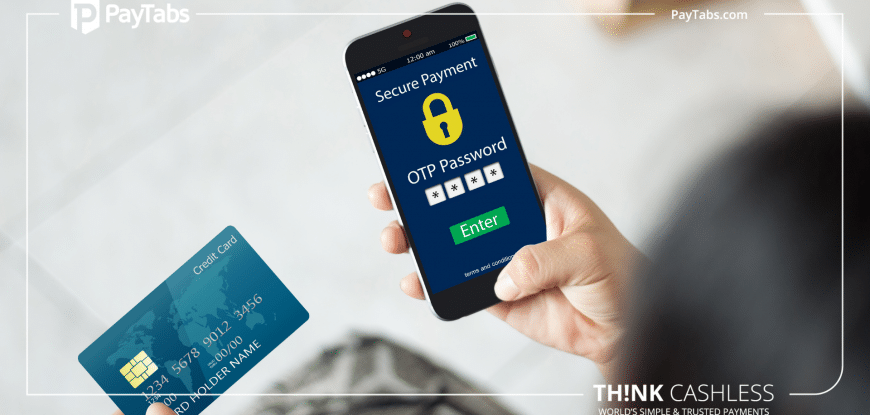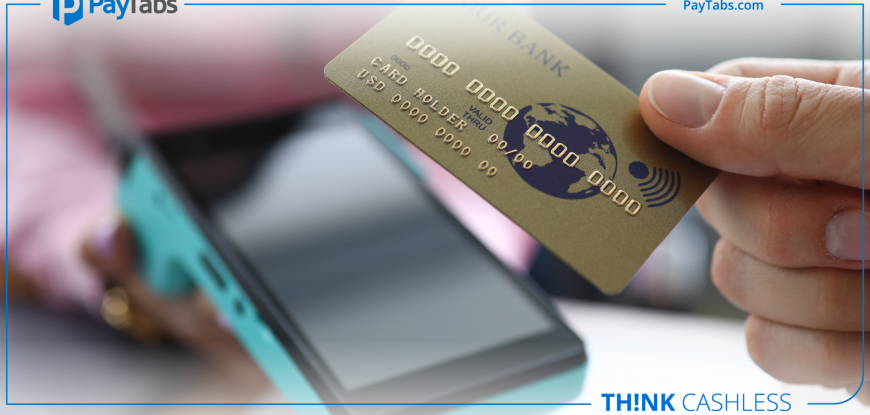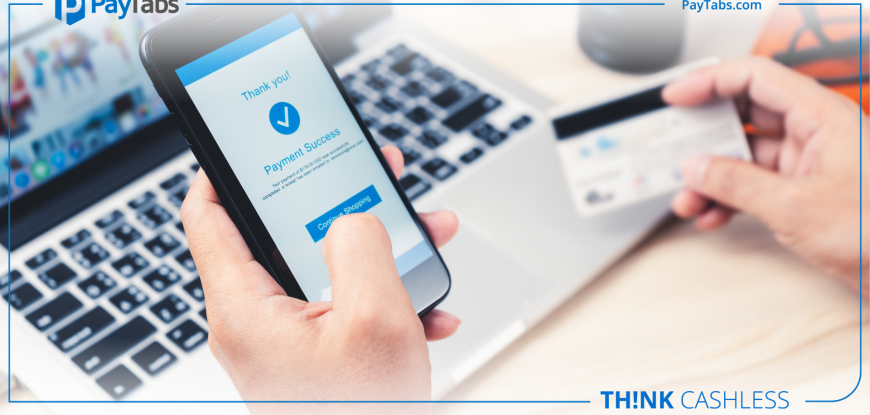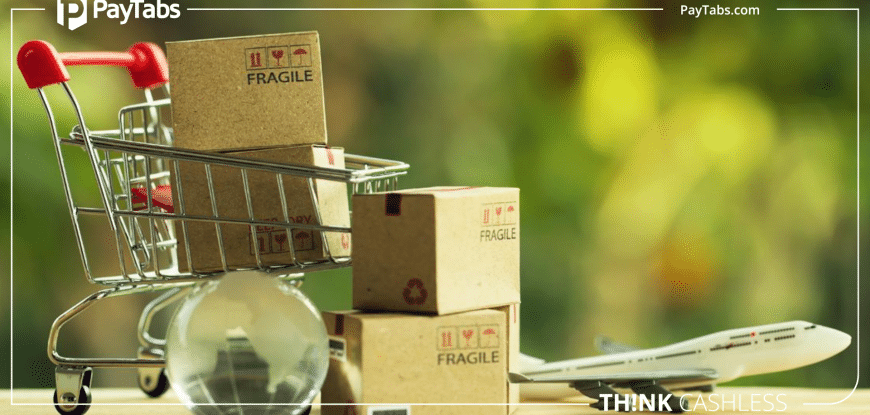Online payment gateway red flags: 6 signs you need a new one
The best payment gateway service will set your business up for success. At worst, the wrong online payment gateway will put your business at risk of security breaches and lawsuits.
But it’s not always straightforward to spot a bad online payment gateway. Here are 6 red flags to watch out for.
Ease of payment
More and customers are shopping on mobile. Business Insider reports that m-commerce will account for 44% of e-commerce by 2024. Unfortunately, there are many payment gateways that are still not mobile-friendly.
Global online shopping is also on the rise. In 2019, the average international e-commerce basket was valued at 97.87 USD. Before the pandemic, numbers showed that international customers also tend to buy more often. Making customers do math in their head to calculate exchange rates and fees is a sure recipe for checkout abandonment.
A payment gateway that’s not mobile-friendly and doesn’t accept multiple currencies will put you at a disadvantage. PayTabs allows payment in multiple currencies. No matter where your customers are, they can view the fee and pay in their local currency. It’s also mobile-friendly and supports all major credit cards.
Weak security standards
2020 was a year of explosive growth for e-commerce. Sadly, online fraud rose as well with the increase of customers. A found that 37% of customers surveyed had been a target of online fraud. According to LexisNexis, total online fraud attempts per month experienced by U.S based retailers increased by 24.2% in 2020. E-commerce sites now face a host of security risks from cybercriminals.
Find out if your payment gateway provider is compliant with international standards such as Payment Card Industry Data Security Standards (PCI DSS). Choose an online payment gateway that’s 3D secure, uses Secure Socket Layer (SSL) technology, and tokenization. The best ones will have an added in-house fraud protection layer.
Slow payment processing speed
Customers expect a fast checkout – 18% will abandon cart if the payment process is too complex. It also increases complex chargebacks and hurts the user experience. Choose a provider that offers a seamless purchase experience and an intuitive terminal.
In addition to the actual transaction itself, each payment gateway provider has different payout terms and timelines. Delayed payout affects your cash flow, especially if you’re a small or medium enterprise (SME) or a startup. At PayTabs, we transfer deposits to you within two business days. Try a free demo of PayTabs here.
Lack of robust reporting & reconciliation
If your payment gateway doesn’t have sufficient data collection, you’ll be making business decisions on guesswork or worse, wrong data. You need real-time data reconciliation and accurate reporting.
We recently launched PT 2.0, our new enhanced payment gateway. It allows you to track transactions based on volume, revenue generated, and order value including refunded transactions. Product sales can be measured by the day or hour — invaluable for promotions and offers. It also allows you to identify your top customers and reward them.
Incompatible with your goals
Choosing a payment gateway is a long-term investment. Therefore, your payment partner should be a match for your goals. Some discerning questions to ask up-front are:
• Is this payment gateway trustworthy?
• Does this gateway have a track record of success?
• Does this gateway support our business model?
• Does the gateway allow integration with our systems?
PayTabs is a gateway made for service providers trying to enter the MENA region. We’ve been in business since 2014, helping merchants of all sizes across 49 industries. We allow integration across mobile, iFrame, and e-commerce plugins under 24 hours.
Hidden or junk fees
Many online payment gateways have hidden fees. They also use confusing jargon and pricing models. The best payment gateways have transparent, cost-effective pricing.
Junk fees are another hidden cost to watch out for. Common examples of these include:
• Early termination fees
• Monthly minimum fees
• Statement fees
• Customer service fees.
You shouldn’t have to pay to get a monthly statement or talk to customer service.
Let us help you
Start your entry into the MENA market with the best payment gateway. Contact us and talk to one of our representatives today.

– Kasun Pathirage is an expert freelance content writer for B2B fintech and SaaS brands.
Learn more about his work via his website: verbauream.com.





